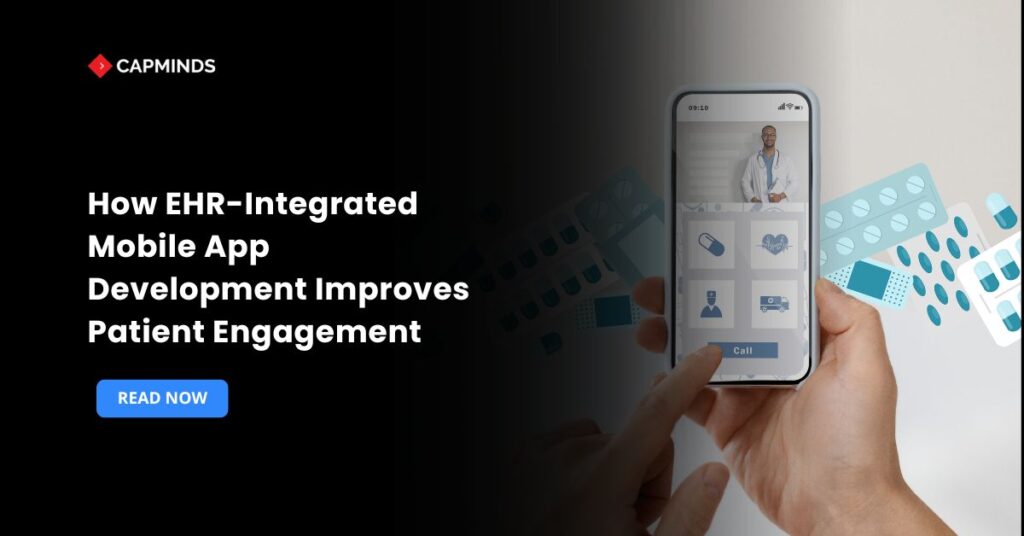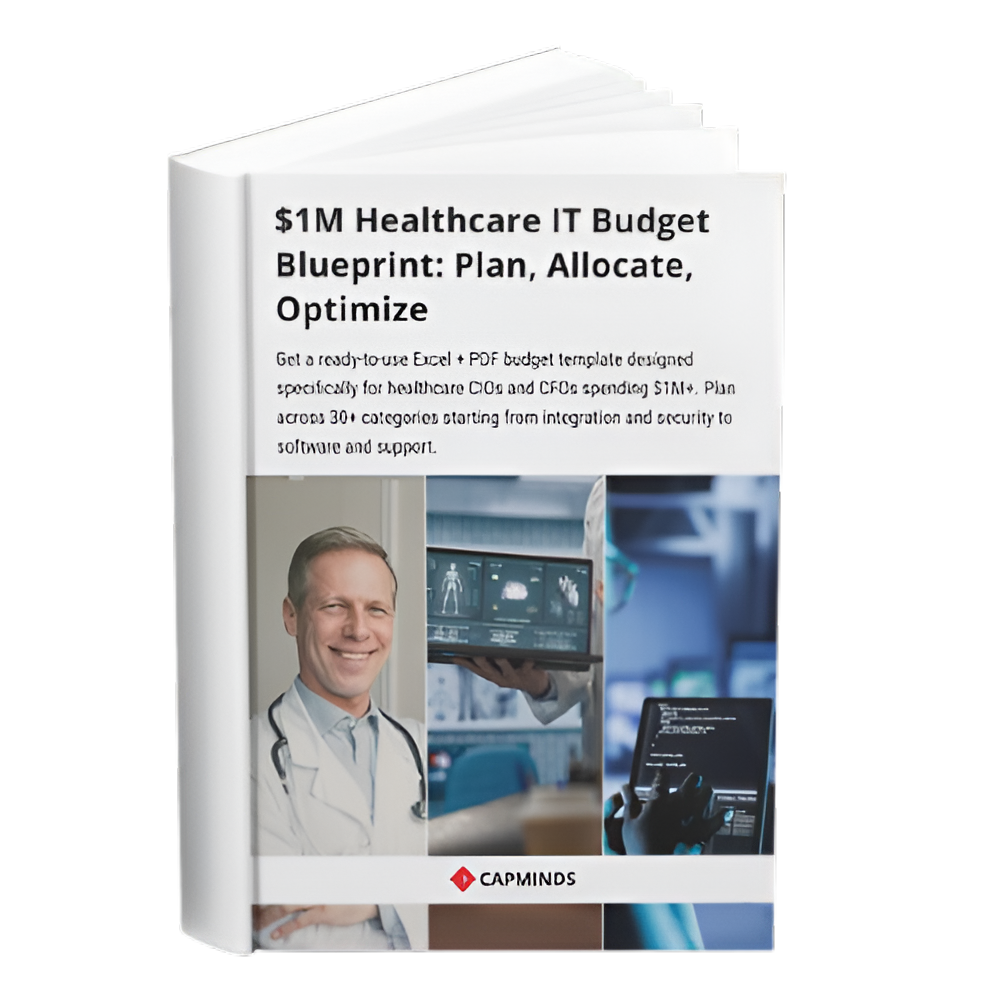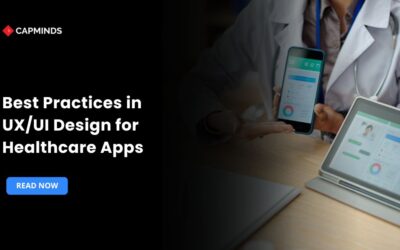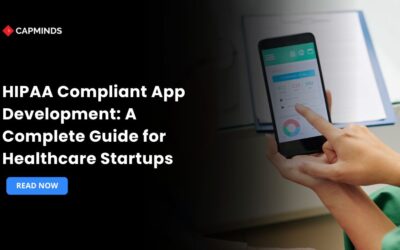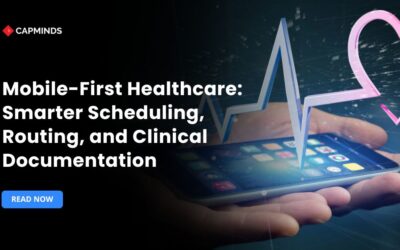How EHR-Integrated Mobile App Development Improves Patient Engagement
Patient engagement has become a major element of healthcare success in the fast-changing environment. Patients with a sense of empowerment due to their active involvement in their care processes have a higher chance of complying with treatment programs, living with chronic illnesses, and eventually attaining optimal health results.
EHR-integrated mobile app development is one of the strongest drivers of this change. By integrating patients with their health information provided and care teams through mobile applications that are easy to use, healthcare providers can unlock new opportunities for engagement, and that will result in a more efficient, patient-centered, and effective healthcare system.
What is EHR-Integrated Mobile App Development?
EHR-integrated mobile app development is the development of specialized and secure applications that form a two-way and real-time flow of data between a core EHR system of a healthcare organization and applications.
These apps do not merely store information, unlike simple and standalone health trackers; they provide a direct window into the clinical system.
This integration is usually facilitated by the use of the current interoperability standards, such as FHIR integration in mobile apps or in some older systems using HL7 interfaces.
While FHIR specifically utilizes modern web-based APIs to enable the app to request and post insecurely, specifically-defined resources of patient data, e.g., appointments, medications, or lab results.
Why Patient Engagement Matters in Modern Healthcare
Patient engagement is defined as the involvement in the care planning, administration, and decision-making. In the modern models of value-based care, this aspect is directly related to clinical outcomes and financial sustainability.
Patients become more actively engaged in their health process and thus, as a result, experience tangible benefits such as improved medication adherence, increased use of screening procedures, and improved trust between patients and providers.
It has been observed that patient cohorts that show high engagement rates are characterized by considerably reduced rates of expensive hospital readmission.
Enhanced Patient Engagement through EHR-Integrated Mobile Apps
A combined mobile application transforms the interaction between patient and doctor into active participation by placing important health tools into the everyday routine of the patient.
1. Seamless Health Data
Direct access to the complete medical history of the patients, such as clinical notes, lab results, and visit summaries, is made immediately available to the patient upon their release by the providers.
This instant disclosure will provide the patients with an increased amount of power and accelerate the action-taking process.
2. One-on-One Communication
The app utilizes secure communication channels whereby a patient and the care team can have a private and recorded conversation.
The secure chat is created to be closely attached to the EHR, which guarantees that all communications are included in the legal documentation, enhancing efficiency and eradicating phone tag.
3. Telehealth Integration
An integrated application allows conducting virtual appointments in which the medical information of the patient is already loaded on the side of the provider. Such synchronicity is the key to successful remote care provisioning.
4. Medication Adherence Tools
The EHR also provides patients with access to and management of their specific prescription lists. The app provides customized notifications and one-tap medication refills, which directly streamline the pharmacy workflow to ensure even better compliance.
5. Real-Time Updates and Notifications
Automated push notifications can not only notify the patients about important events- a new lab result is available, an appointment is due, or a follow-up instruction has changed. This generates a very responsive and high-touch care experience.
Related: HIPAA Compliant App Development: A Complete Guide for Healthcare Startups
Features to Include in Your Patient Engagement App
| Features | Uses |
| Patient Dashboard | An individualized, user-friendly home screen with future appointments, urgent notifications, and an overview of vital health indicators. |
| Appointment Scheduling | Direct booking, rescheduling, and virtual check-in options that were in sync with the provider calendar in EHR. |
| Secure Messaging | Asynchronous chat with the clinical care team regarding non-urgent communication that is compliant with HIPAA. |
| E-Prescriptions & Refills | Access active prescriptions and place refill orders directly with the pharmacy and provider, which is built in with the EHR medication module. |
| Analytics Dashboard | Provider tools that allow them to track patient activity, adherence rates, and engagement levels of their population. |
| Multi-Device Compatibility | Assured functionality on both iOS and Android platforms, to provide a wide range of patients. |
| Data Encryption | Enforcement of security measures to defend all PHI at rest and in transit. |
Technical Requirements of EHR Integration
Interoperability is also described as the technical foundation of the success of any successful integrated app, which allows secure and efficient exchange of complex data.
The development should be done according to the HIPAA-compliant mobile app development standards. This will entail stringent security measures, which include:
- Data Synchronization: Keeping data up to date in the mobile application and the EHR with a minimum latency.
- Role-Based Access: Granular controls to be established so patients can only access data pertinent to themselves, and providers can only access data pertinent to their job.
- Audit Trails: Documenting all the activities performed in the app to check on the security and legal compliance.
- Interoperability Layers: Making conciliations between data formats of the app and various versions of the EHR with the help of specialized middleware or integration engines.
Frequently Asked Questions
1. What is the role of FHIR and HL7 in EHR-integrated mobile apps?
FHIR and HL7 are key interoperability standards that enable secure data exchange between mobile apps and EHR systems. FHIR uses web-based APIs to allow two-way communication of patient data, while HL7 is used in legacy systems to support structured message-based exchanges.
2. How do EHR-integrated mobile apps improve patient engagement?
EHR-integrated mobile apps improve patient engagement by giving patients instant access to their health records and enabling secure communication, telehealth, and appointment scheduling, which help patients stay informed, organized, and actively participate in their care.
3. How is patient data kept secure in EHR-integrated apps?
Patient data is kept secure in these apps through HIPAA compliance, which requires robust encryption, role-based access controls, and audit trails to protect all health information from unauthorized access.
CapMinds Digital Health App Development Services
At CapMinds, we help healthcare organizations revolutionize patient engagement through intelligent, EHR-integrated mobile app development services. Our solutions are designed to bridge the gap between providers and patients, creating real-time, data-driven, and personalized care experiences.
With our end-to-end digital health tech services, you can empower your patients, streamline workflows, and enhance care delivery through secure, interoperable, and scalable mobile solutions.
Our Core Services Include:
- EHR-Integrated App Development Services – Build apps that connect seamlessly with EHR systems via HL7/FHIR standards.
- Custom Mobile App Development Services – Deliver intuitive, HIPAA-compliant mobile experiences for patients and providers.
- EHR Mobile App Development Services – Extend your EHR functionality to smartphones with real-time data synchronization and analytics.
Let CapMinds help you design the next generation of connected care experiences.
Book your free consultation today and modernize patient engagement with our digital health solutions.
